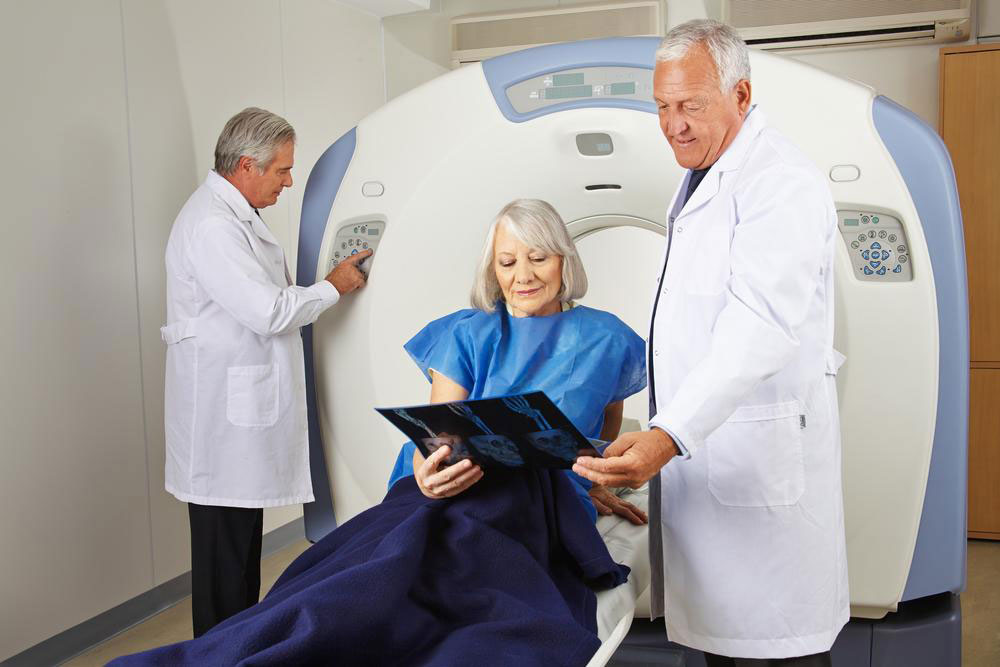Comprehensive Guide to Breast Cancer Diagnosis and Treatment Options
This comprehensive guide covers breast cancer types, early detection signs, diagnostic methods, and the latest treatment options. It emphasizes the importance of awareness and prompt medical attention to improve outcomes for both women and men affected by this common disease. Advances in treatment have significantly increased survival rates, offering hope to many patients worldwide.

Comprehensive Guide to Breast Cancer Diagnosis and Treatment Options
Understanding Breast Cancer
Breast cancer ranks as the second most common cancer among women, after skin cancer, but it can also affect men. Significant progress has been made in raising awareness and improving treatment options over recent years. Early detection techniques have increased survival rates, especially for metastatic cases. Research continues to unveil new treatment pathways, enhancing prognosis and quality of life for patients.
What is Breast Cancer?
Breast cancer is one of the most common malignancies in women, affecting about 12% of the population. It can develop in any part of the breast tissue, with affected cells having the potential to become malignant.
Early Indicators for Detecting Metastatic Breast Cancer
Awareness of symptoms and regular self-examination are crucial for early detection. Knowing what changes to look for can lead to prompt medical attention.
Any unusual changes in the breasts or nipples—such as skin alterations, nipple inversion, or lumps—should be evaluated by a healthcare professional promptly. Normal menstrual cycle variations include breast changes, so it's important to distinguish between benign and concerning signs.
Symptoms like skin dimpling, nipple retractions, skin thickening, or a texture reminiscent of an orange peel may indicate cancer. Metastasis symptoms vary depending on the affected organs, including the brain, lungs, bones, or liver.
Diagnostic Procedures for Breast Cancer
Doctors perform physical exams focusing on the breasts and nearby lymph nodes. Imaging tests such as mammograms, ultrasounds, and MRIs assist in detection.
Biopsy, especially core needle biopsy guided by ultrasound or X-ray, helps determine malignancy by analyzing tissue samples. Metal markers may be left in the tissue to monitor sampling sites.
Results from these tests establish cancer type, grade, and stage, guiding treatment decisions.
Different Types of Breast Cancer
Angiosarcoma affects blood and lymph vessels lining but is rare.
Ductal Carcinoma in Situ (DCIS) is a non-invasive early-stage cancer confined within milk ducts with minimal future risk.
Inflammatory breast cancer causes redness, swelling, and pain, and progresses rapidly.
Invasive lobular carcinoma begins in milk gland lobules and may spread elsewhere; treatments include surgery or radiation.
Male breast cancer, although uncommon, confirms that men can also develop breast malignancies.
Paget’s disease starts at the nipple and spreads to the areola, often linked with ductal carcinoma.
Recurrent breast cancer persists after initial treatment and can be challenging to cure.
Available Treatments for Metastatic Breast Cancer
Advances in surgery, immunotherapy, chemotherapy, and hormone therapy have enhanced management, even for advanced stages.
Hormone receptor status (estrogen and progesterone) guides treatment plans to shrink tumors pre-surgery or hinder recurrence post-treatment.
Options include mastectomy, systemic therapies, targeted drugs, and combination approaches tailored to each patient.










